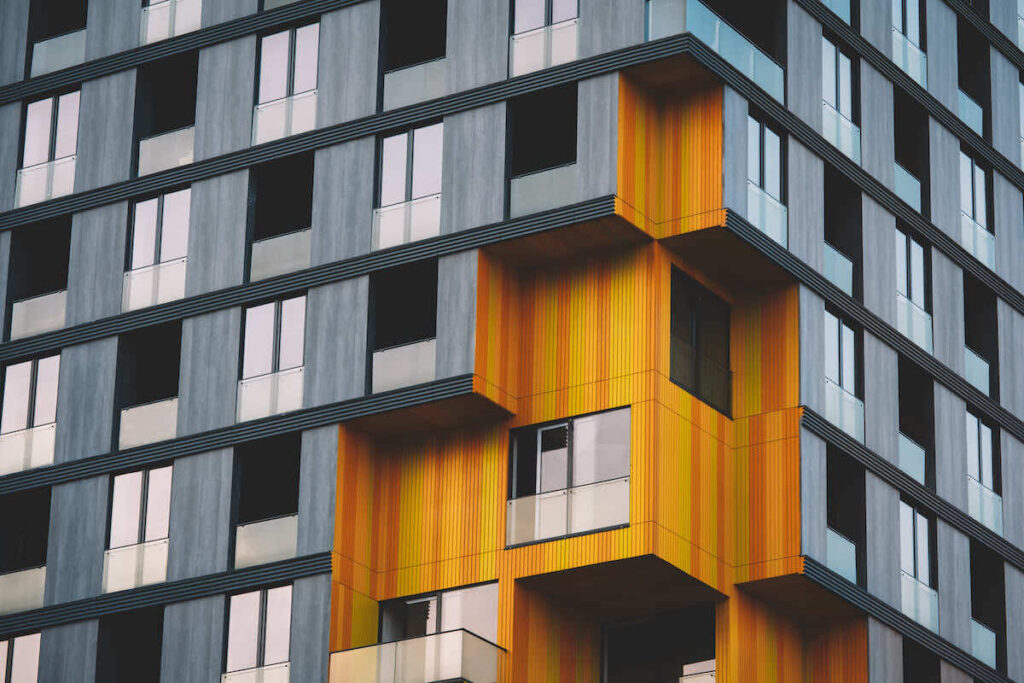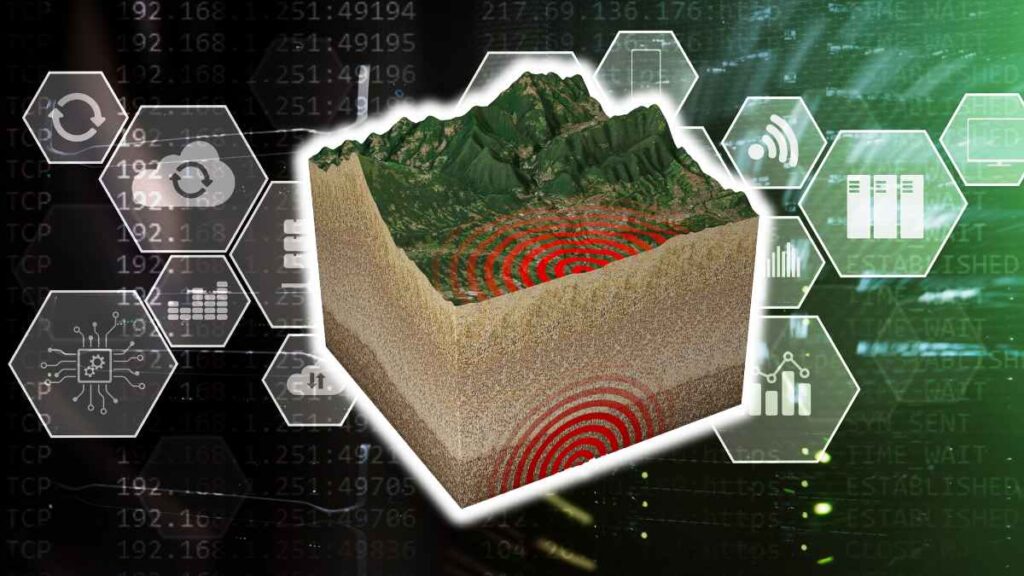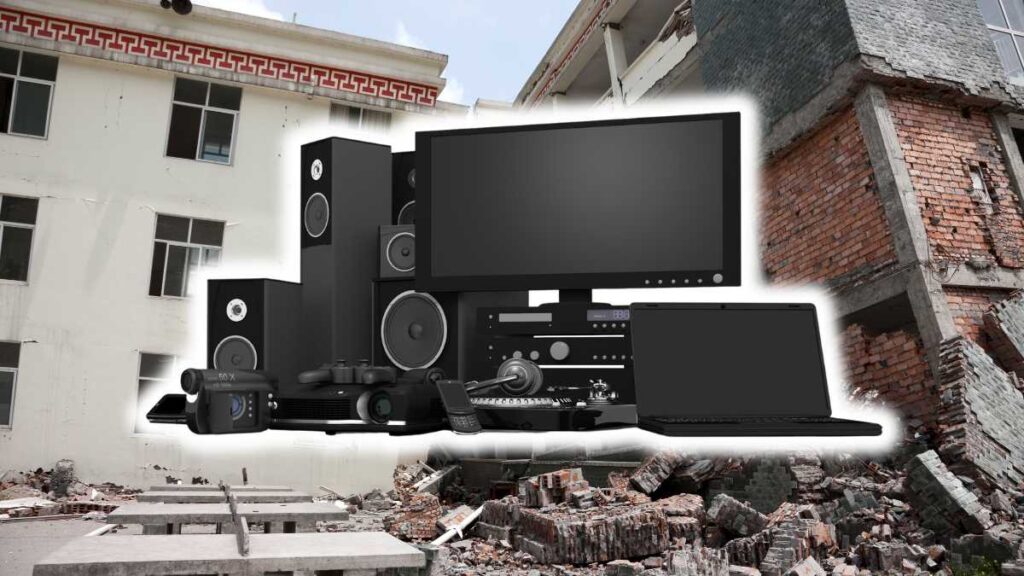Homeowners often find themselves confused about what to do next after an earthquake. The shaking might have stopped, but the recovery process has just begun. One key question is, “Should I check my house for damage?”
Yes, it is absolutely critical. An in-depth inspection of your home following an earthquake ensures personal safety. It offers a chance to evaluate if urgent repairs are needed to maintain the house’s structural integrity. This can help prevent further damage and potentially expensive repair costs in the future. This guide will provide a comprehensive look at the steps you should undertake while conducting a post-earthquake house check.
Contents
Toggle1. Prioritizing Personal Safety
Before you dive into an inspection, your safety and that of your family members should be the top priority. Remember, earthquakes can cause objects in your house to move, fall, and even shatter. Consider wearing sturdy shoes and hard hats during the inspection to protect yourself from any potential harm caused by sharp debris or unstable structures. If children are in your household, ensure they are looked after and kept away from potentially dangerous areas until you have confirmed their safety.
READ MORE: How to Stay Safe During an Earthquake while Walking in the Street – 6 plus More Tips
2. Visual Inspection
Visual inspection plays a crucial role in assessing the immediate aftermath of an earthquake and identifying visible signs of damage. Here are some key points to consider when conducting a visual inspection:
2.1. Walls and Ceilings
Examine the walls and ceilings of each room in your house. Look for cracks, separations, or bulging. Pay attention to both interior and exterior walls, as well as load-bearing walls, as they are critical for the structural integrity of your home. Take note of any significant cracks or structural deformations, as they may require immediate attention from a professional.
2.2. Windows and Doors
Check all windows and doors for any visible damage, including cracks in the glass, misalignment, or difficulty opening or closing them. Inspect the frames for signs of shifting or separation. Damaged windows and doors can compromise the security of your home and may need repairs or replacement.
2.3. Roof and Attic
Inspect your roof from the ground to look for any noticeable damage, such as missing or dislodged shingles, visible cracks, or sagging areas. If it is safe to access your attic, examine it for signs of water leaks, cracks in support beams, or any other structural issues. Damaged roofs can lead to water intrusion and further structural damage, so addressing roof problems promptly is crucial.
2.4. Foundation and Crawl Spaces
Examine the foundation of your house for any visible cracks, settling, or shifting. Look for signs of unevenness or separation between the foundation and walls. If your house has crawl spaces, inspect them for any signs of damage or displacement. Foundation issues can have severe consequences for the structural stability of your home, so it is advisable to seek professional help if you suspect foundation damage.
2.5. Appliances and Furniture
Inspect major appliances, such as refrigerators, ovens, and washing machines, for any visible damage or displacement. Additionally, examine furniture for signs of shifting or damage that could pose safety risks or hinder evacuation paths in the event of another earthquake.
2.6. Hazardous Materials
Be aware of any hazardous materials that may have been disturbed during the earthquake. Inspect areas where such materials are stored, such as garages or workshops, and ensure they are adequately secured. Take precautions if you suspect the release of harmful substances and contact the appropriate authorities for guidance on handling and disposal.
2.7. Chimneys and Fireplaces
Inspect your chimneys and fireplaces for any signs of damage or shifting. Look for cracks, loose bricks, or leaning structures. A damaged chimney can pose a significant safety hazard, especially if it is weakened or at risk of collapsing. If you notice any issues, it is advisable to consult a professional chimney inspector or mason.
2.8. Staircases and Balconies
Check interior and exterior staircases for any signs of damage, such as cracks or shifted steps. Pay close attention to the handrails and ensure they are secure. Inspect balconies and elevated decks for structural damage, including cracks, loose railings, or weakened support beams. These areas should be structurally sound to prevent accidents or collapse.
2.9. Cabinets and Shelves
Inspect cabinets, shelves, and storage units throughout your home. Look for any signs of damage, such as shifted or dislodged shelves, broken cabinet doors, or visible cracks in the structures. Reinforce or repair any compromised storage units to prevent items from falling during future seismic events.
2.10. Plumbing Fixtures
Examine plumbing fixtures, including sinks, toilets, and bathtubs, for any signs of leaks, cracks, or loose connections. Check for water stains or dampness around the fixtures, which could indicate hidden damage. If you notice any plumbing issues, it is advisable to contact a professional plumber for assessment and repairs.
2.11. Electrical Systems and Utilities
Check your utilities, including gas, electricity, and water, to ensure they function correctly. Look for any signs of leaks, electrical problems, or gas odors. If you detect any issues, immediately shut off the respective utilities and contact professionals for assistance. Do not attempt to fix these problems yourself, as it can be dangerous.
Look closely at your electrical system, including outlets, switches, and electrical panels. Look for any visible damage, such as cracks, exposed wires, or signs of overheating. If you suspect any electrical problems, contacting a licensed electrician for a thorough inspection is crucial. Electrical issues can pose a severe risk of fires or electrocution, so it is essential to address them promptly.
2.12. External Structures
Inspect external structures on your property, such as fences, gates, sheds, and garages. Check for any visible damage, including leaning or collapsed structures, loose or damaged roof materials, or cracks in the foundation. These structures should be secure and stable to prevent potential hazards or further damage.
3. Structural Assessment
When assessing your home’s structural integrity after an earthquake, involving a professional structural engineer or building inspector can provide invaluable insights. Here’s a more detailed discussion on the importance of a structural assessment:
3.1. Expertise and Experience
Structural engineers and building inspectors are trained professionals who specialize in evaluating the structural stability of buildings. They have the knowledge, experience, and tools necessary to assess your home’s structural elements comprehensively. Their expertise allows them to identify potential hidden damage that may not be immediately apparent during a visual inspection.
3.2. Identifying Compromised Elements
During a structural assessment, the engineer or inspector will thoroughly examine various components of your house, including load-bearing walls, foundations, beams, columns, and other critical structural elements. They will look for signs of damage, such as cracks, displacement, or deformation, that can compromise the integrity of these elements. By identifying compromised areas, they can provide you with a detailed understanding of the extent of the damage and its impact on the overall structural stability.
3.3. Assessing Foundation Stability
The foundation of your home plays a crucial role in its structural integrity. A seismic event like an earthquake can cause foundation issues, such as settlement, shifting, or cracks. These problems may only sometimes be evident during a visual inspection. A structural assessment will include a thorough foundation evaluation to determine if any underlying issues need to be addressed. Detecting and addressing foundation problems early on can help prevent further structural damage and ensure your home’s long-term stability.
3.4. Safety Recommendations
After conducting a structural assessment, the engineer or inspector will provide you with valuable recommendations to enhance the safety of your home. They may suggest immediate repairs, reinforcements, or retrofitting measures to mitigate the risk of future earthquakes. These recommendations will be tailored to your specific situation. They will aim to restore your home’s structural integrity and ensure its occupants’ safety.
3.5. Documentation for Insurance Claims
Having a professional structural assessment report can also be crucial for insurance purposes. It objectively evaluates the earthquake damage, documenting the extent of the structural issues. This report can serve as evidence when filing insurance claims, helping to ensure a smoother and more accurate claims process.
4. Professional Repairs
When it comes to professional repairs after an earthquake, it is crucial to accurately assess the extent of the damage and engage the expertise of contractors or engineers. Here’s a more detailed discussion on the importance of professional repairs:
4.1. Addressing Structural Issues
Engaging professional contractors or engineers specializing in earthquake damage repairs is essential if significant structural damage is identified. These experts have the knowledge and experience to implement the necessary measures to restore your home’s structural stability. They can address compromised load-bearing walls, foundation problems, or weakened structural elements with appropriate repair techniques.
4.2. Safety Considerations
Professional repairs prioritize the safety of your home and its occupants. Structural damage can weaken the overall stability of the building, making it vulnerable to further damage or collapse during future seismic events. By entrusting the repairs to professionals, you ensure that the necessary measures are taken to restore the structural integrity of your home, providing a safe and secure living environment.
4.3. Compliance with Building Codes
Professional contractors and engineers are well-versed in local building codes and regulations. They understand the specific requirements for seismic safety. They can ensure that the repairs are carried out in compliance with these standards. Compliance with building codes is essential for your home’s long-term safety and durability, and professionals will adhere to these guidelines throughout the repair process.
4.4. Quality Assurance
Engaging professionals for repairs provide a level of quality assurance. They have the expertise, tools, and resources to execute the repairs effectively and efficiently. They can use appropriate materials, techniques, and technologies to restore the structural integrity of your home, ensuring that the repairs withstand future seismic events. Professional repairs give you peace of mind, knowing that the work has been done to a high standard.
4.5. Insurance Considerations
Engaging professional contractors or engineers for repairs can also facilitate the insurance claims process. Insurance companies often require documentation and evidence of professional repairs to validate and process earthquake-related claims. By working with professionals, you can ensure that the repairs are correctly documented, providing the necessary information to support your insurance claims.
READ MORE: The 4 significant effects of earthquakes and what can you do against them
5. Additional Tips for the High-Rise Dwellers
If you live in a high-rise building like a condominium, an earthquake’s aftermath may present unique challenges that aren’t typically present in single-dwelling homes. Here are some specific action items to add to your post-earthquake checklist that cater to the particular circumstances of high-rise living.
5.1. Elevator and Staircase Safety
After an earthquake, avoid using elevators until they have been inspected and deemed safe by professionals. There might be damage to the elevator shaft or electrical system that could harm you.
Staircases should be your primary method of exit and entry until the all-clear has been given. However, be cautious here as well. Inspect stairwells for any damage, like cracks or debris, that could cause injuries or hinder escape routes.
5.2. Coordinate with Building Management
Building management will likely inspect the building after a significant earthquake. Stay informed about these inspections and any identified damages or safety risks. If you’ve noticed potential structural issues in your unit or the common areas, report them immediately to the management team.
5.3. Understand Your Building’s Structure
High-rise buildings are designed to sway during an earthquake, but the degree can depend on the building’s age and construction. Familiarize yourself with the structural details of your building. Concrete structures may crack, while steel structures may have broken or stressed connections.
5.4. Examine Shared Utilities and Systems
Condominiums often have shared utilities, such as heating or cooling systems. After an earthquake, these systems may be damaged or function improperly. Report any irregularities to your building management.
5.5. Review Evacuation Plan
High-rises should have a well-documented evacuation plan. Post-earthquake is an excellent time to review this plan and ensure you understand the safest way to exit the building during an emergency.
5.6. Monitor Noise and Movement
Listen for strange sounds such as creaking, groaning, or cracking, which could indicate structural stress. Also, pay attention to unusual or increased swaying of the building, which could signal structural instability.
5.7. Safeguard Your Belongings
Earthquakes can cause items within your unit to topple over, potentially damaging them and creating safety hazards. If you haven’t already, secure heavy items and tall furniture to the walls. Post-earthquake, check these items for stability and ensure they are still appropriately secured.
5.8. Window Safety
In high-rises, windows are a unique concern due to the risk of falling glass. After an earthquake, check windows for cracks or damage, and report any issues to the building management. If a window is broken, be sure to clean up the glass carefully to avoid injury.
5.9. Connect with Neighbors
In a high-rise building, your neighbors are a crucial resource. After an earthquake, check in with each other to share information and ensure everyone is safe. Establishing a community safety plan can be very beneficial for handling future emergencies.
READ MORE:
Conclusion
While not all earthquakes warrant immediate inspections, assessing your home’s safety after a significant seismic event is crucial. Conducting a thorough post-earthquake inspection can help identify hidden damage, ensure your family’s safety, and prevent potential hazards in the future.
If you live in a high-rise building, you are part of a larger community that shares responsibility for the safety and well-being of all residents. Communicating and cooperating with your neighbors and building management can go a long way in ensuring everyone’s safety after an earthquake.
Remember, the safety of yourself, your loved ones, and everyone around your community should always be the top priority, so do not hesitate to seek professional assistance when needed.
Stay prepared, and stay safe!
Bibliography
- “Earthquake Safety.” American Red Cross. https://www.redcross.org/get-help/how-to-prepare-for-emergencies/types-of-emergencies/earthquake.html
- “Earthquake Safety Checklist.” FEMA. https://www.fema.gov/sites/default/files/2020-07/fema_earthquake_earthquake-safety-checklist_110217.pdf
- “Homeowner’s Guide to Earthquake Safety.” California Seismic Safety Commission. https://earthquake.ca.gov/wp-content/uploads/sites/8/2022/12/20-01_hog-1.pdf
- “Procedures for Postearthquake Safety Evaluation of Buildings & Addendum.” Applied Technology Council. https://store.atcouncil.org/index.php?dispatch=products.view&product_id=35
- “How to Repair Structures Affected by Earthquake” The Constructor. https://theconstructor.org/others/repair-structures-affected-earthquake/554588/
- “Techniques for the Seismic Rehabilitation of Existing Buildings” Federal Emergency Management Agency. https://www.fema.gov/node/techniques-seismic-rehabilitation-existing-buildings
- “USGS Earthquake Hazards Program.” United States Geological Survey. https://www.usgs.gov/natural-hazards/earthquake-hazards
- Digital Twins as Testbeds for Vision-Based Post-earthquake Inspections …. https://link.springer.com/chapter/10.1007/978-3-031-07258-1_50
- Post-earthquake damage assessment of buildings -procedure for …. https://www.researchgate.net/publication/358043561_Post-earthquake_damage_assessment_of_buildings_-procedure_for_conducting_building_inspections.
- Post-Earthquake Building Safety Inspection: Lessons from the Canterbury …. https://journals.sagepub.com/doi/10.1193/1.4000151




